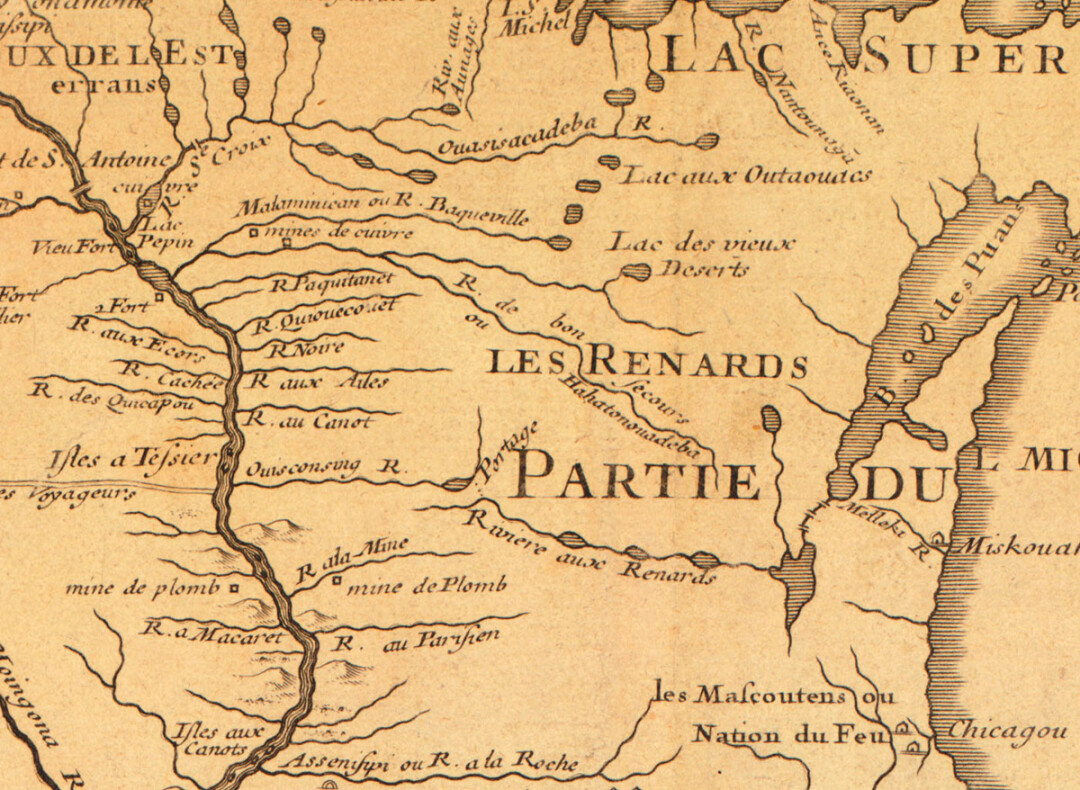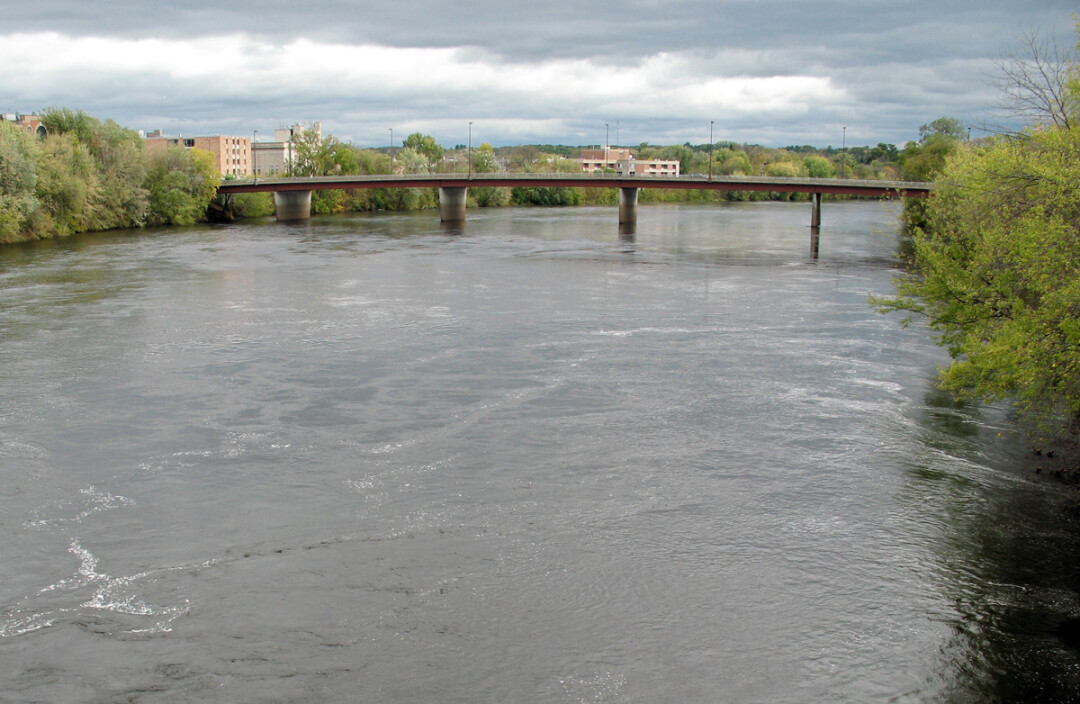5 Forgotten Names for the Mighty Chippewa River

1. LA RIVIÈRE DE TAUREAUX SAUVAGES
This poetic French description – which translates as “The River of the Wild Bulls” – is the first recorded name for what we now call the Chippewa River, according to an essay by John Vanek of the Chippewa Valley Museum. It comes from Father Louis Hennepin, who in 1680 became one of the first Europeans to lay eyes on the river. The “bulls” were the bison that roamed the grasslands of western Wisconsin.
2. RIVIÈRE DES BOEUFS
A map published in 1683 to accompany Hennepin’s description of his journey through New France called the waterway “Rivière des Boeufs,” or Buffalo River. This version of the name likely comes from a letter by another French explorer, Robert de La Salle. The modern Buffalo River, as well as Buffalo County, likely trace their names to this origin.

3. RIVIÈRE DE BON SECOURS
“Bon Secours” translates as “Comfort” or “Good Help.” This name was recorded by another Frenchman, Pierre-Charles Le Sueur, who wrote in 1699 that the river was called this because of “the greater number of buffalo, elk, bears, and deer found there.” This name could also be linked to Notre-Dame-de-Bon-Secours Chapel, one of the earliest churches in Montreal, the principal French city in North America.
4. BACQUEVILLE
By the early 1700s, French maps assigned the river the name “Bacqueville” in honor of Bacqueville de la Potherie, who published a history of New France.
5. HAHATONOUADEBA
(Say it five times fast.) This is one of the final steps of the name’s evolution into the modern “Chippewa.” As Vanek writes, “Hahatonouadeba is a French approximation of the Dakota Hahatunwan Watpa. The latter word is Dakota for ‘river,’ while the former is what the Dakota call the Ojibwe people.” The Ojibwe are also known as the Chippewa, and it was that name English-speaking explorer Jonathan Carver gave to the river in the 1760s.




















